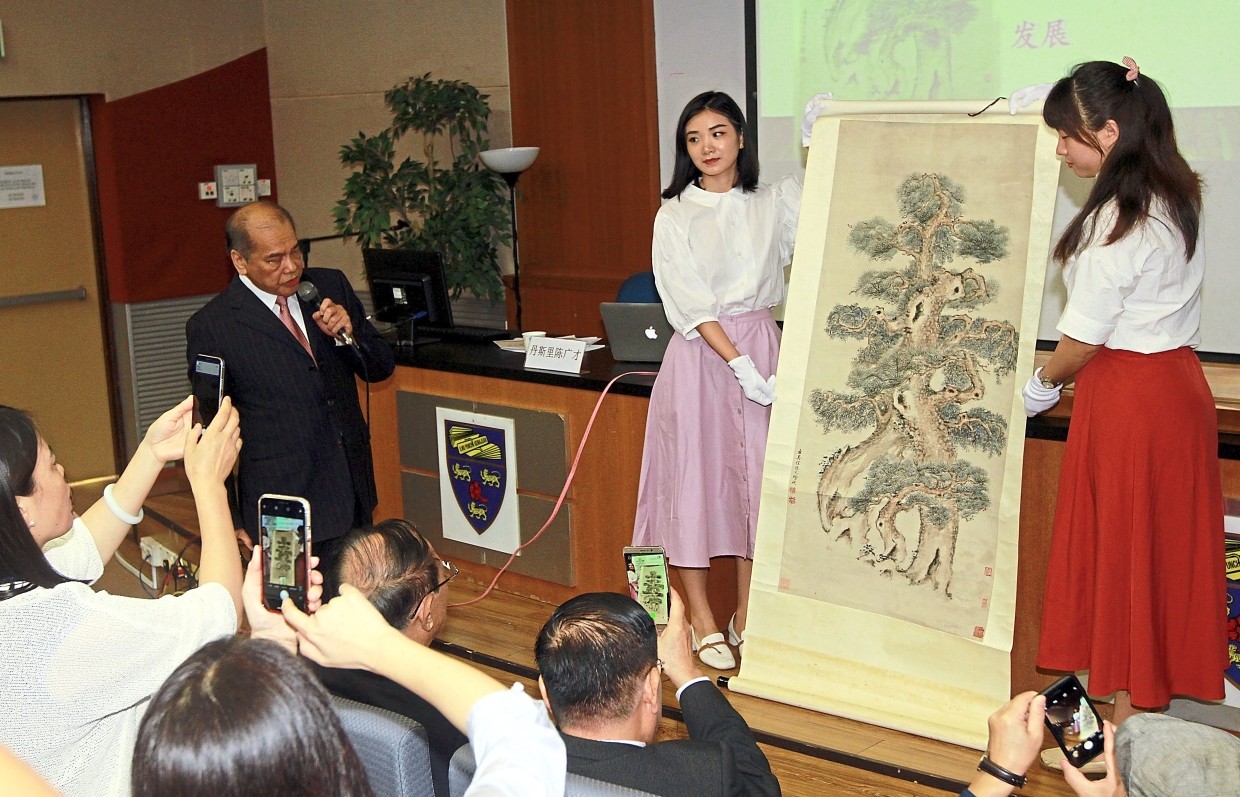
KUALA LUMPUR: Renowned “Redologist” Tan Sri Chan Kong Choy has finally realised his dream of making Malaysia the research hub for the classical Chinese novel, Hong Lou Meng or Dream of the Red Chamber.
Recalling his aspirations 11 years ago, the former transport minister and ex-MCA deputy president said he wanted to set up a research hub dedicated to the study of this masterpiece in South-East Asia.
“I made a promise to translate the novel to Malay, set up a research centre and conduct comprehensive research on the book.
“I also aspire to see greater literature exchange among over 250 million Malay-speaking scholars in South-East Asia through the translated Malay version.
“And now, we are having this conference. My wishes and promises have all been realised,” he said at the opening of the International Conference on Dream of the Red Chamber at Universiti Malaya’s Faculty of Arts and Social Sciences here yesterday.
The literary masterpiece, authored by Cao Xueqin in the 18th century during the Qing Dynasty, has generated notable intellectual interest and research, namely “Redology”, which is devoted solely to its study.
It is one of the four great classical novels of China.
In July 2017, Chan, an avid enthusiast, donated over 6,000 works related to the novel to the library of his alma mater, UM, making it the largest Dream of the Red Chamber collection outside of China.
Among the items are manuscripts, out-of-print copies, translated versions, paintings and couplets from all over the world, and with the oldest more than 200 years old.
The Malay version, which Chan was actively involved in translating, was launched in September 2017, the same year that the Centre of Dream of the Red Chamber Studies was set up in UM.
The novel recounts the decline of the wealthy Jia family and the tragic love triangle between the main protagonist Jia Baoyu and his cousins Lin Daiyu and Xue Baochai.
During a special lecture, Chan, who was appointed a UM adjunct professor in 2016, also shared stories and a painting by ancient Chinese scholar Cheng Wei Yuan, who was instrumental in compiling and editing the last 40 chapters of the novel.
“The original manuscripts written by Cao have 80 chapters. Cheng collected the rest of the manuscripts and invited another scholar, Gao E, to help him.
“They made the first printed edition in 1791 with another 40 chapters added,” said Chan, adding that Cheng’s work was disputed in the 1920s by a scholar, who claimed that Cheng did not collect the manuscripts but added the chapters himself to sell the book.
“He was misunderstood and endured injustice for decades for his good work,” he said, adding that was why he made it a point to tell Cheng’s story and showcased an ancient panting of a pine and cypress trees by the scholar during his lecture.
“There were written records claiming that Cheng was good in writing and painting but his works were rare and few have seen it. With this painting, the claims are now proven,” he said, adding that this year is also the scholar’s 200th death anniversary.
“We want to prove the detractors wrong about Cheng. This painting will be helpful in shedding more light on his life and work,” he said of the piece, which also depicts the Chinese character shou, meaning longevity.
Chan said the painting would be kept at the UM library for research purposes.
6 Oct 2019 – The Star –